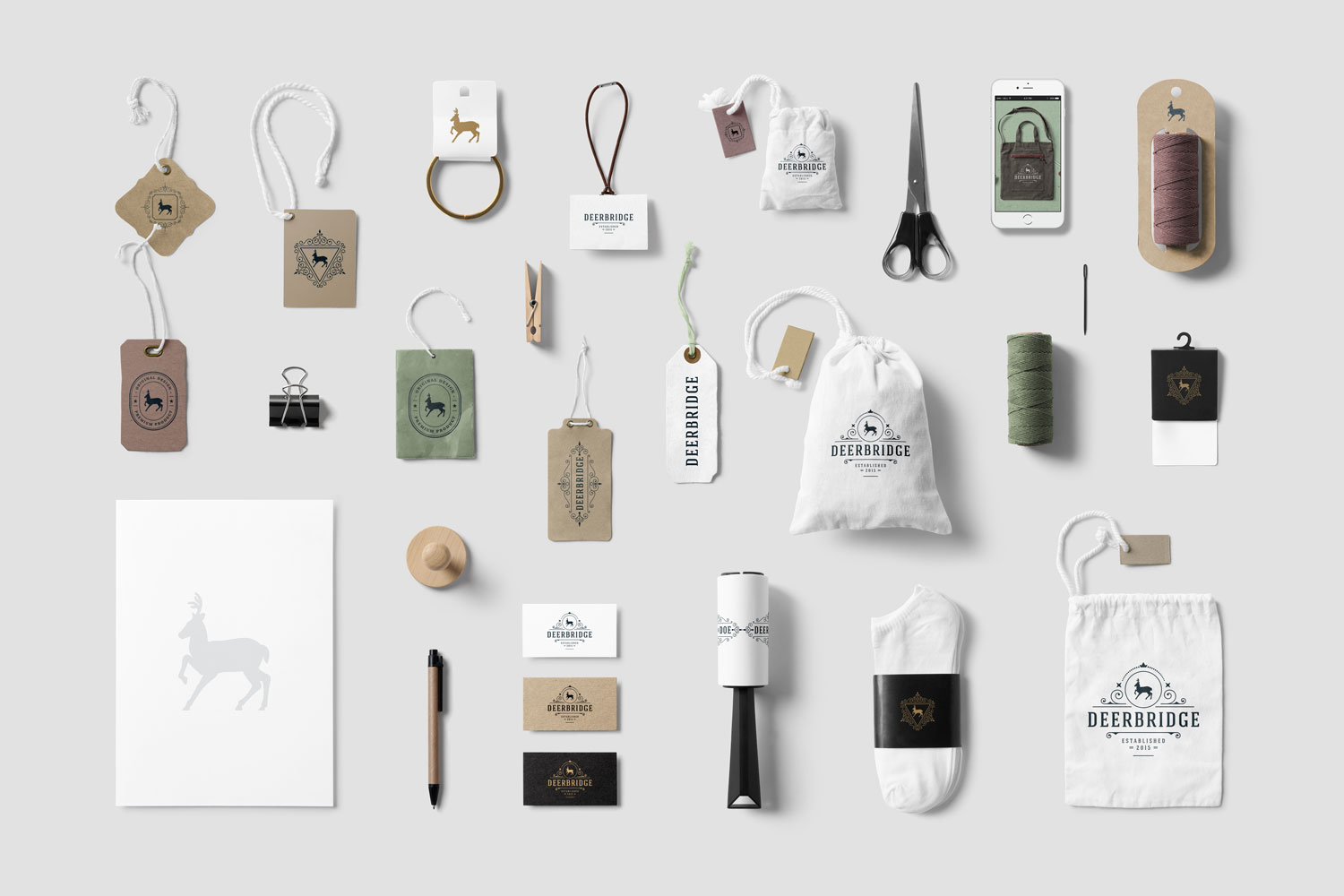Spellbrand Blog
How To Create A Publicity Strategy

Wikipedia defines publicity as “the movement of information to the general public from the media on subjects including people, goods and services, organizations, and works of art or entertainment”.
Publicity can also be defined as the art of gaining public visibility or awareness for a product, service or your company via the media. A publicity strategy is the strategic management function that helps an organization communicate, establish and maintain communication with the public.
The core components of a publicly strategy are:
- Publicity campaign plan
- Media Kit
- Media contact list
- Press release development & release
- Story development & propagation
- Press conferences
Publicity is a highly cost-effective strategy that can:
-
Build awareness about your brand, products or services, expertise and people
-
Drive prospects to your website or store
-
Drive event attendance or participation in a promotion or campaign
-
Educate the market about problems your company can solve
-
Create an ongoing dialogue with your target audience
Step #1 : Define Publicity Goals
The first step is to identify your business goals and corresponding publicity goals. For instance, if your goal is create brand recall in the market place, then publicity via customer success stories would be the appropriate tactic to implement. Or if ranking higher in search engines and thereby getting more traffic is the goal, then content marketing, guest articles, press releases and social media publicity campaigns will enable the result.
Not identifying your primary, secondary and tertiary business goals is the number one reason most businesses do not benefit from leveraging publicity. The wrong kind of publicity strategy for a wrong goal will never work.
Step #2 : Generate Story Ideas
At the foundation of all publicity is the concept of the story. Churning out articles on the cheap on topics that are remotely related to our product or service or aimed at just keyword stuffing in order to gain search rankings or releasing press releases about your products or services rarely ever work.
Any kind of publicity should be lead by carefully thought our and creative story elements. Your brand story can come in handy and become the guideline for story development.
Here is an example to illustrate what I mean (source):
Very few brands explore the topic of divorce, or its ramifications for families, in their advertising campaigns. It’s just too depressing, even if it’s also, of course, relatable to so many millions of people worldwide.
A few brands have taken the risk—Honey Maid, of course, and also Ford, which rolled out a beautiful and sad short film earlier this year.
Now, it’s Ikea’s turn. Check out the spot here.
That is a beautiful advert where Ikea tells a story that is so common – the plight of children of divorced parents and then weaves their products into the story. Masterful!
When brainstorming for story ideas, ask yourself these questions to validate an potential story:
- How unique is this story idea?
- Can it connect emotionally with the audience?
- Does the story present your brand in the best light possible?
- Does the story reflect your brand message?
- Would this work well on social media strategy or your website?
- Can we turn the idea into a series?

Step #3 : Create a publicity scheduler
Your entire publicity must be lead by a cohesive strategy. You should never simply create publicity campaigns (including PR releases or blog posts etc – see full list of publicity tools below) in isolation. Each piece of publicity should form a part of the whole and the whole should paint a picture that aligns with your brand and positioning strategy.
Your publicity scheduler is a calendar where you list our potential publicity campaigns on future dates. This timeline will give you an opportunity to make sure you mix and match the publicity tools you use and also give you oversight of the overall stream of releases.

Step #4 : Publicity Tools Development
Before launching any publicity campaign, you should develop the following publicity tools:
Printed Press Kit
Although you may think that a printed press kit may be a little old-fashioned, you would be surprised at how many journalists or magazines would request a printer kit. Typically this printed publicity kit should contain the following items:
- A beautifully designed folder to hold the kit items
- Clear and concise contact sheet
- Clear and bold fact sheet
- Brand story and stake holder information
- Press release
- Product or service details sheets
- Supporting articles or previous pieces from newspapers, magazines etc
Website Press Area
Your website should have a news/press section – separate from your blog or contact page with most of the above items in the form of downloadable PDFs. Also include downloads of your corporate logo design along with any supporting graphics.
Email Press Kit
You should have all the items mentioned in the website press area zipped up and put on your website server or a 3rd party web space provider such as DropBox or Google Drive. This way you can include a download link to the zip file when sending emails to journalists or bloggers.

Step #5 : Promote Your Story
Once you have all your publicity tools created, it is time to promote the publicity story that you had created in step #2. The best way to get your story out there – other than posting it on your blog and your website – is to pitch the story to a journalist.
Journalists are constantly looking for interesting stories to feature in their magazines (both offline and online), newspapers and even video channels. So start by compiling a list of magazines, newspapers and channels you would like your story to appear in. These channels should be where your primary target audience pay attention.
Once you have identified the list of journalists to pitch to, follow these steps:
- Create a compelling pitch script for your email and/or phone call. Keep it brief and use emotional storytelling that would pique the interest of the journalist.
- Do not send a copy and paste email to all the people on your contact list. Instead, create a Google document and list out specific and interesting points about each journalist and the publication he or she is attached to. Google them and check out their social media profiles to get as much information about that as possible. This information should then be used to customize each email and make it personal.
- Once you have emailed the journalists, create a Google document and document the date, journalist details and the pitch email. Set reminders to follow them up in a couple of weeks.
- Follow the journalists on Twitter and engage with them periodically.
- Send follow up emails in a couple of weeks and be very gracious about it. Offer to leave them alone if they are not interested.
- Finally release your story to the general public via your website and social media channels.
Branding and Press Release
Media coverage is a very important aspect of your branding strategy and it should be handled with care. As advertising continue to lose its credibility among consumers, your business should strive hard to grab media attention.
Writing a press release is one of the common and cost-effective tactics you can employ immediately, second to getting a great logo design. Promoting your business using press release carries several advantages. It can drive laser-targeted traffic to your website and consequently help increase product sales. From a SEO perspective, it helps build one way high PR back links to your website and make you the authority in your niche. Above it all, it costs is minimal compared to advertising. Search engine giants Yahoo News and Google News love press releases. If these big players love them I bet the whole Internet world like PR as well.
Either you write it or hire experienced PR companies to do it for you the choice is up to your budget. Nonetheless, it’s important to understand how to write an effective press release.
Sure, you can find multitude of information on how to write great press releases but it all boils down to one thing – newsworthy. Ask this question: “How will the readers relate to this and will they be able to connect?”
If you’re launching a link-building service company, for instance, what do you think is more newsworthy between the 2 titles?
Company A launches innovative link building service
Or
Link Building improves business performance
If you pick the 2nd one then you’re right on track. It is newsworthy for it has real value to readers. Press releases are not self-serving ads and its approach is more subtle. Find an angle that appeals to your customer and build your news around it. Then give examples of how your business can help resolve this issue. No hype, no exclamation points, and no exaggerations.
Conclusion
Publicity is an art and great care must be taken to create the perfect publicity strategy. This articles just scratches the surface and gives you an idea where to get started. Treat each publicity campaign as a unique opportunity to tell your brand story.
This article is one of the lessons from my Ultimate Brand Builder Course. By completing the course you will have built a robust and stunning brand that will be poised to attract your target audience and dominate your market space.

Mash Bonigala
Creative Director & Brand Strategist
With 25+ years of building brands all around the world, Mash brings a keen insight and strategic thought process to the science of brand building. He has created brand strategies and competitive positioning stories that translate into powerful and stunning visual identities for all sizes of companies.
Featured Work
See Our Work in Action
Real brands, real results. Explore how we've helped businesses transform their identity.
Client Love
What Our Clients Say
Don't just take our word for it. Hear from the brands we've worked with.
Sue Politte
Success In Focus
"Love it! My brand identity and logo helps quickly communicate what I do. I coach very busy business leaders who want to take their organization to the next level and are tired of all the things that are slowing things down or blocking progress. My brand identity needed to grab visual attention and communicate quickly that I help my clients get focus so they gain and build success. My new brand will help my potential clients identify with me. Thank you!!!!"
Christian Nocera
Dapper Yankee
"Delighted to have used Spellbrand for our last project. The work was thorough and results excellent. For me it was such a pleasure to work with Mash who was able to keep up with all my last minute requests for small changes. Nothing was too much of a problem and I would have to say that its great to work with people who do actually put the customer needs first! One thing saying it, its another thing doing it – Thanks Mash!"
Related Services You Might Love
Based on what you just read, here are services that can help you achieve similar results for your brand.
Keep Reading
Related Articles
Nov 19, 2025
What are paths and anchor points in Adobe Illustrator?
Master the fundamentals of paths and anchor points in Adobe Illustrator. Discover expert strategies and insights to help your business succeed.
Read MoreNov 17, 2025
Use Of Color In Creating Logo Designs
Master the psychology of color in logo design.
Read MoreNov 17, 2025
Developing a Jewelry Logo
Learn how to create a jewelry logo that captures elegance and sophistication. Discover expert strategies and insights to help your business succeed.
Read More

